Carnations are the most fragrant flowers we grow here at Floret, and they bloom all summer long from an early sowing. Their long stems and extremely long vase life make them an ideal cut flower. The tufted blooms smell like sugar and cloves and remind me of my childhood. Even a single stem of blooms will fill the entire room with a nostalgic fragrance.

 I have been searching for long-stemmed, old-fashioned, scented carnations for years and only recently stumbled upon a collection of incredible varieties that can be grown from seed.
I have been searching for long-stemmed, old-fashioned, scented carnations for years and only recently stumbled upon a collection of incredible varieties that can be grown from seed.
The reason this discovery is so exciting is that carnations are typically grown from cuttings, which are rooted off of a mother plant. But getting plant material for propagation is impossible because all of the domestic carnation growers have gone out of business and importing plant material is very difficult and costly.

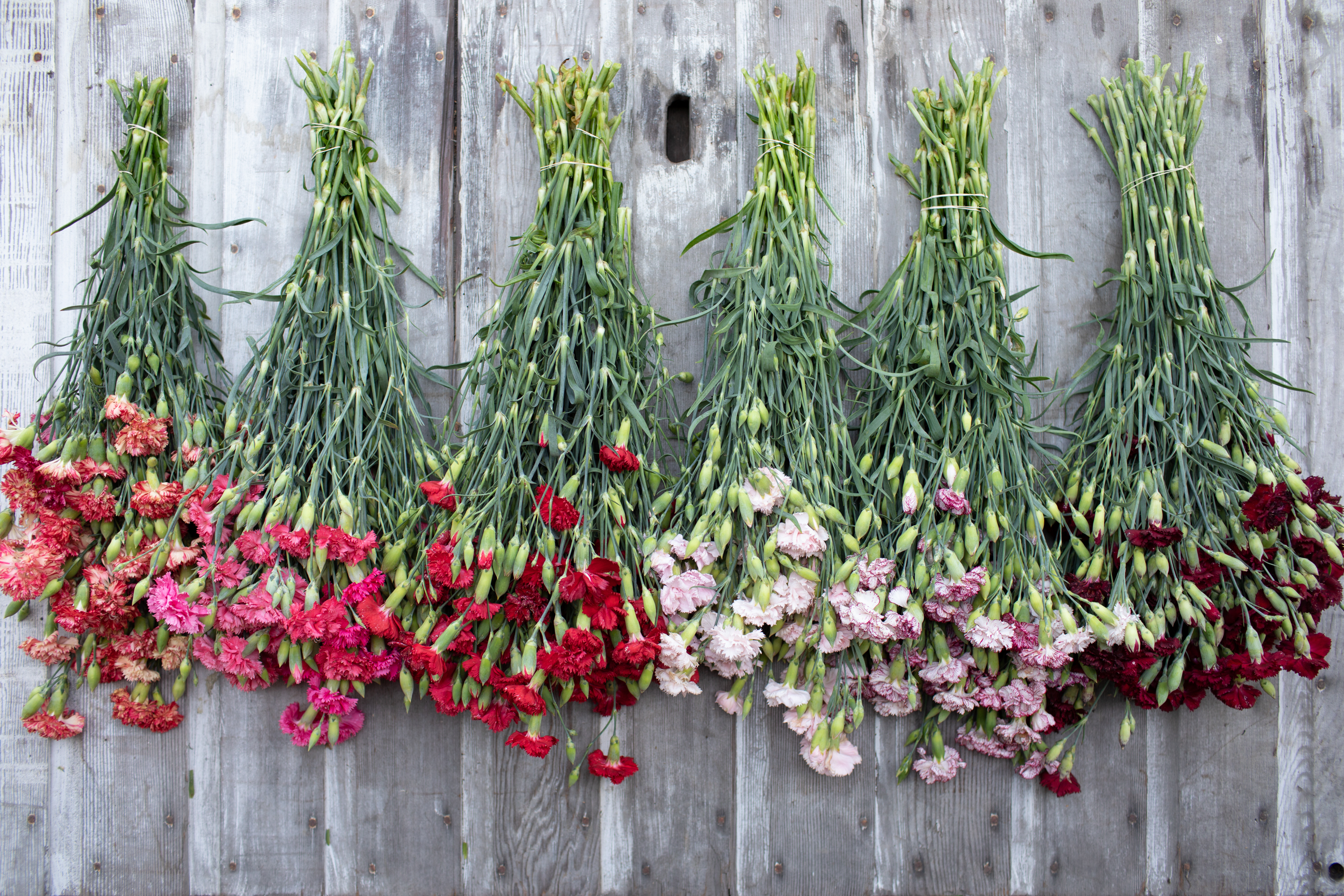 Over the years, we have trialed nearly 20 different varieties in search of the very best ones for cutting. I was seeking out varieties that had long stems, healthy growth, strong fragrance, and unique coloring.
Over the years, we have trialed nearly 20 different varieties in search of the very best ones for cutting. I was seeking out varieties that had long stems, healthy growth, strong fragrance, and unique coloring.
 All the varieties we trialed were beautiful in their own right, but many possessed colors that were too vivid and garish for flower arranging.
All the varieties we trialed were beautiful in their own right, but many possessed colors that were too vivid and garish for flower arranging.
From the list of 20, we whittled down our favorites to the 5 best, which I’ll share more about below.


 Seed-grown carnations couldn’t be easier to grow, but they take a long time to mature and flower, so seed should be started in late winter or very early spring and then transplanted as soon as the danger of frost has passed.
Seed-grown carnations couldn’t be easier to grow, but they take a long time to mature and flower, so seed should be started in late winter or very early spring and then transplanted as soon as the danger of frost has passed.
We grow our plants in landscape fabric, 9 in (23 cm) apart, with 5 rows per bed. We’ve grown plants both in a hoop house and outside in the field, and both methods worked great. Flowers grown under cover had longer stems, bloomed earlier, and were protected from the rain. Both growing methods yield fantastic results.

 Carnation stems are long and wispy and have a tendency to topple under the weight of the flowers, so it’s important to provide some type of support. We use a layer of Hortonova netting stretched horizontally about 12 in (30 cm) above the ground. Netting is held in place by metal hoops that we made with our Johnny’s Quick Hoops Bender. Any type of stake, wooden or metal, will work just fine. As the plants grow, they push up through the grid of netting and get the support they need.
Carnation stems are long and wispy and have a tendency to topple under the weight of the flowers, so it’s important to provide some type of support. We use a layer of Hortonova netting stretched horizontally about 12 in (30 cm) above the ground. Netting is held in place by metal hoops that we made with our Johnny’s Quick Hoops Bender. Any type of stake, wooden or metal, will work just fine. As the plants grow, they push up through the grid of netting and get the support they need.
 For wedding work, my two favorite varieties are ‘Chabaud Jeanne Dionis’ (pictured above, left), which boasts ruffled, petticoat-like white blooms on strong, gray-green stems, and ‘Chabaud La France’ (pictured above, right), which has flowers in varying hues of creamy blush and the softest baby pink that remind me of ‘Café au Lait’ dahlias.
For wedding work, my two favorite varieties are ‘Chabaud Jeanne Dionis’ (pictured above, left), which boasts ruffled, petticoat-like white blooms on strong, gray-green stems, and ‘Chabaud La France’ (pictured above, right), which has flowers in varying hues of creamy blush and the softest baby pink that remind me of ‘Café au Lait’ dahlias.
 If you’re looking for warmer, more brilliant colors, ‘Chabaud Aurora’ (pictured above, left) has the most beautiful range of coral, salmon, blush, pink, and cherry flowers. ‘Chabaud Orange Sherbet’ (pictured above, right) features flowers that are both single and double blooms in a range of peach, coral, and raspberry with delicate striping, which gives them a more textural quality.
If you’re looking for warmer, more brilliant colors, ‘Chabaud Aurora’ (pictured above, left) has the most beautiful range of coral, salmon, blush, pink, and cherry flowers. ‘Chabaud Orange Sherbet’ (pictured above, right) features flowers that are both single and double blooms in a range of peach, coral, and raspberry with delicate striping, which gives them a more textural quality.
 Finally, the most unique variety we grow, ‘Chabaud Benigna’, has clean white petals that look as if they were outlined with a boysenberry-colored ink pen. No two flowers are exactly the same, and some are more saturated in color than others. They mix beautifully with white, pink, and maroon. This eye-catching variety has a unique, old-world appearance and is a must-grow.
Finally, the most unique variety we grow, ‘Chabaud Benigna’, has clean white petals that look as if they were outlined with a boysenberry-colored ink pen. No two flowers are exactly the same, and some are more saturated in color than others. They mix beautifully with white, pink, and maroon. This eye-catching variety has a unique, old-world appearance and is a must-grow.

 Once carnations start flowering, it can be a full-time job to keep them picked. These guys are very productive and churn out buckets of blooms from even the smallest bed of plants.
Once carnations start flowering, it can be a full-time job to keep them picked. These guys are very productive and churn out buckets of blooms from even the smallest bed of plants.
Harvest when 1 to 2 flowers on a spray are open. With flower food, expect a vase life of up to 2 weeks.
 I hope you will consider tucking some of these scented treasures into your garden this coming season!
I hope you will consider tucking some of these scented treasures into your garden this coming season!
Do you like carnations? Do you grow them? Please take a minute and leave a comment below about your experience growing them.
Please note: If your comment doesn’t show up right away, sit tight; we have a spam filter that requires us to approve comments before they are published.
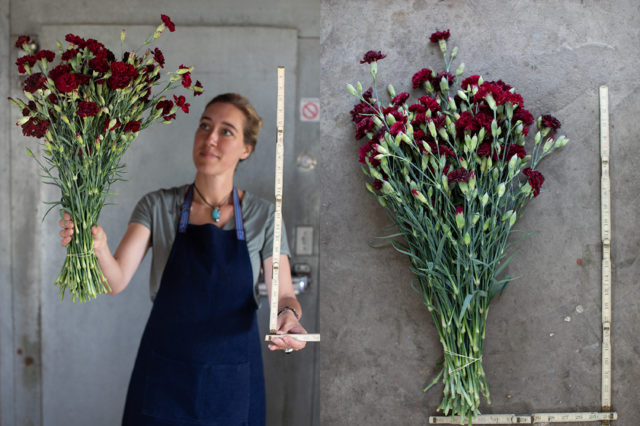
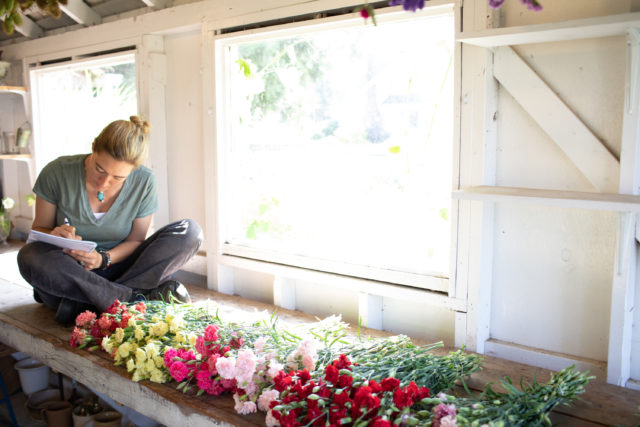
 Over the years, we have trialed nearly 20 different varieties in search of the very best ones for cutting. I was seeking out varieties that had long stems, healthy growth, strong fragrance, and unique coloring.
Over the years, we have trialed nearly 20 different varieties in search of the very best ones for cutting. I was seeking out varieties that had long stems, healthy growth, strong fragrance, and unique coloring.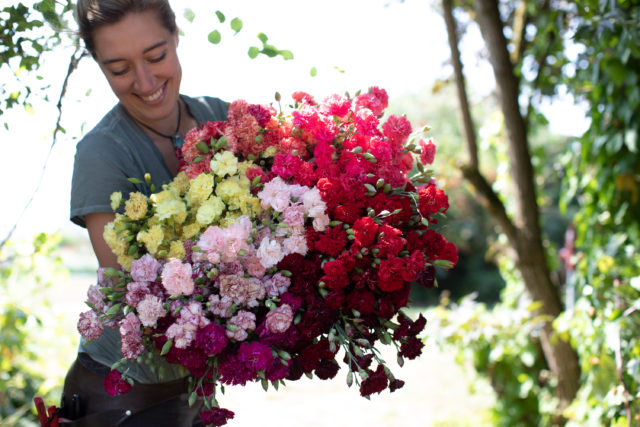
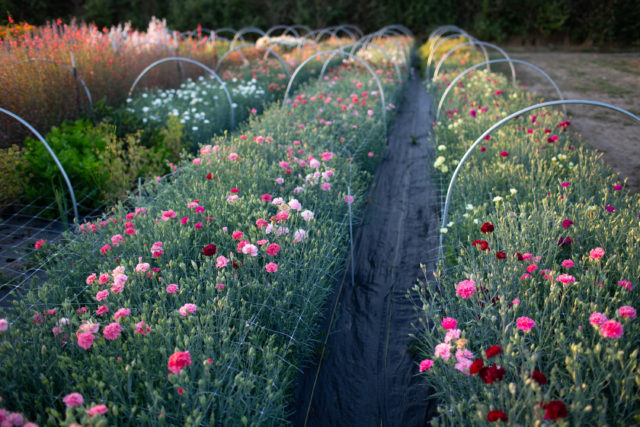
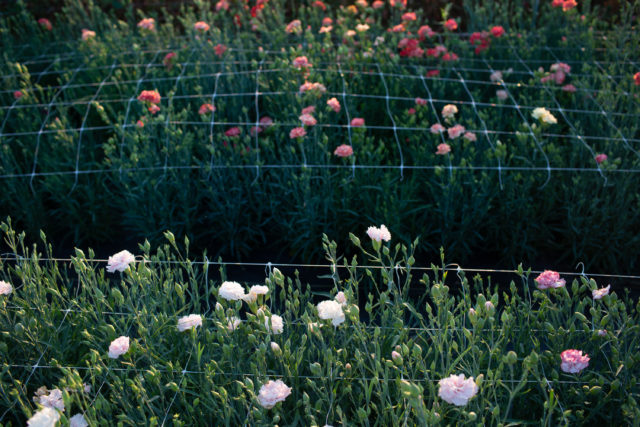
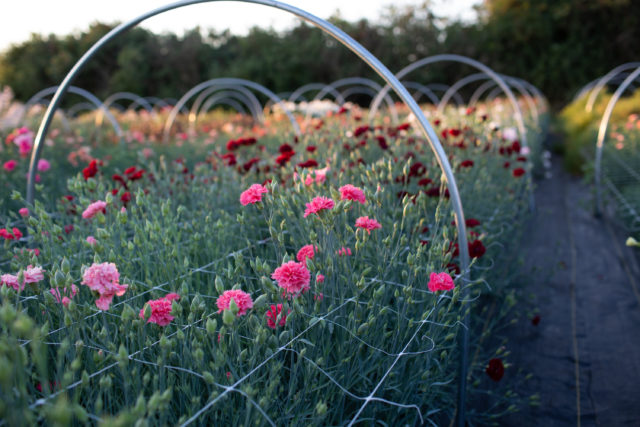
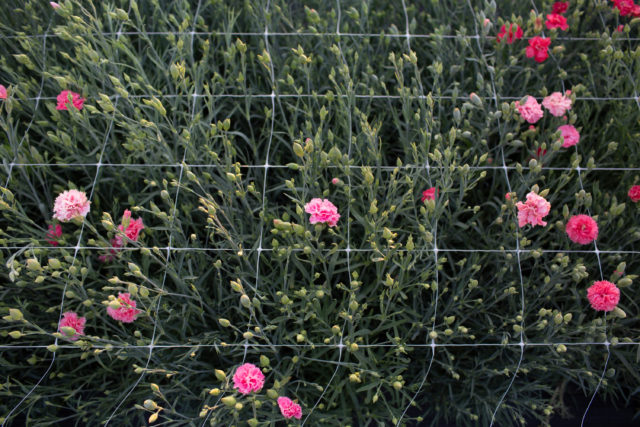
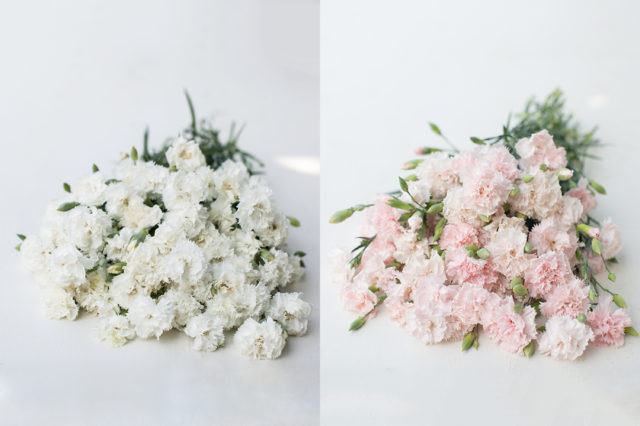
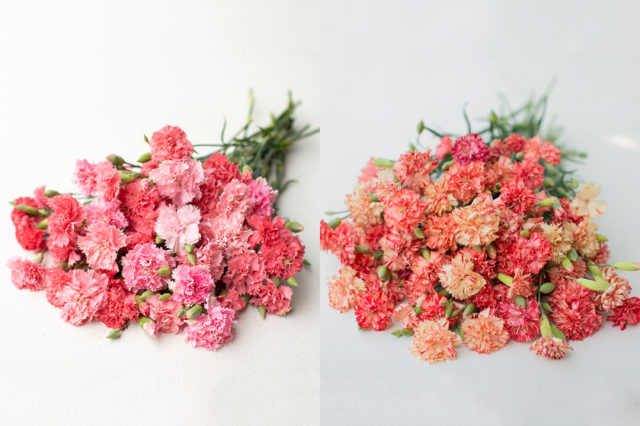
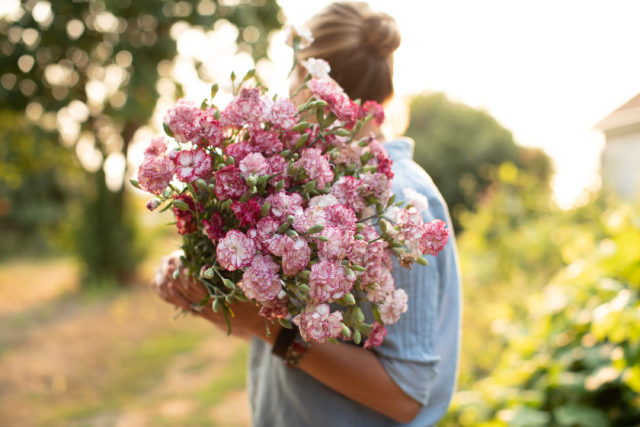
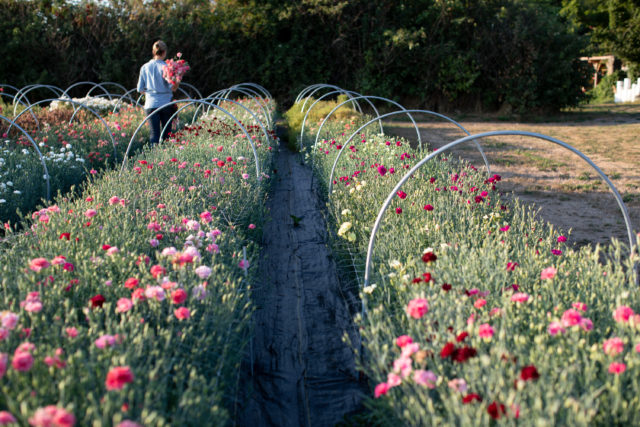
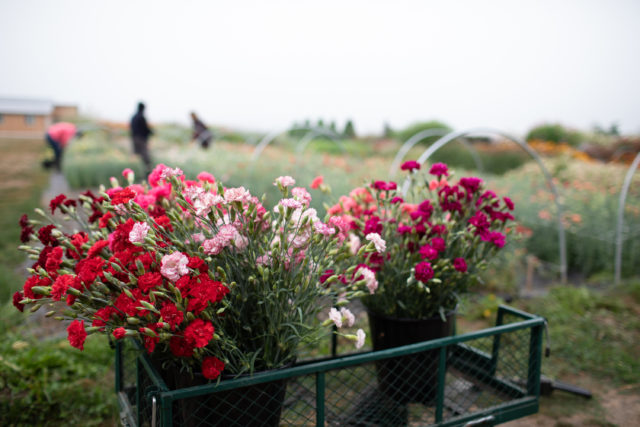
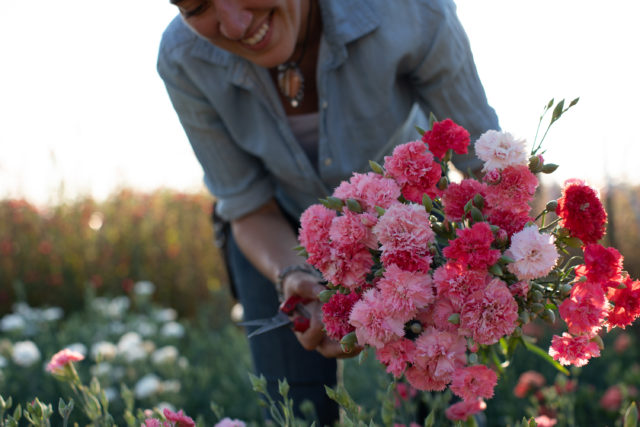
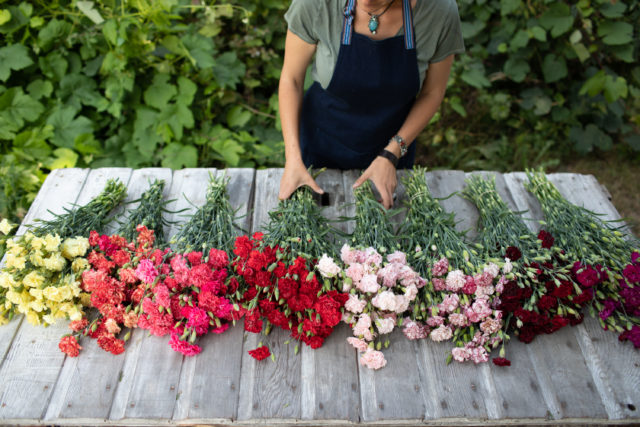
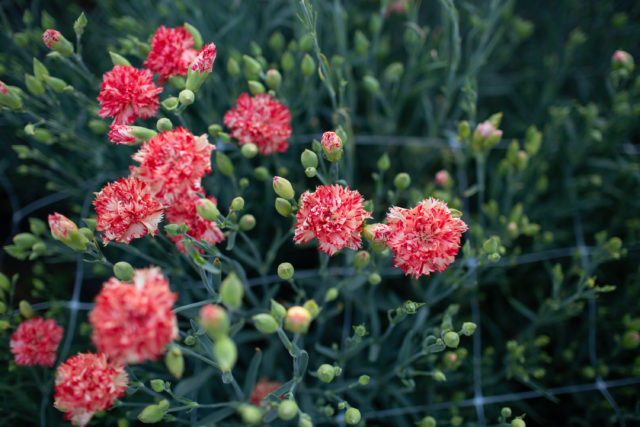
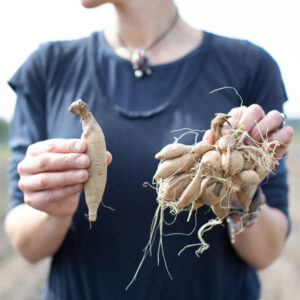

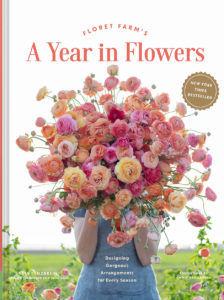
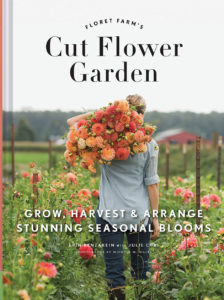


Dayna Carter on
This is my 3rd real year of flower farming as I grew vegetables before I began growing flowers exclusively. This venture isn’t for the pessimist or those lacking drive and enthusiasm. I had hesitated on carnations because the florists I was trained in were flower snobs, they wouldn’t allow carnations or baby’s breath in the door. So, I thought they were grown for the FTD crowd and I am fortunate to supply flowers to an incredible designer who does all the big events and looks for big and unusual flowers. However, I cater to 3 florist that do take FTD orders. I have made many mistakes with my choice of flowers and this year I am taking a fine-toothed comb to every seed I purchase. This is my first year growing carnations, fall planting transplants. I am growing the Grenadin White and Chabaud Marie. Fingers crossed. So grateful to have taken your course and am part of this blooming community. Great information.